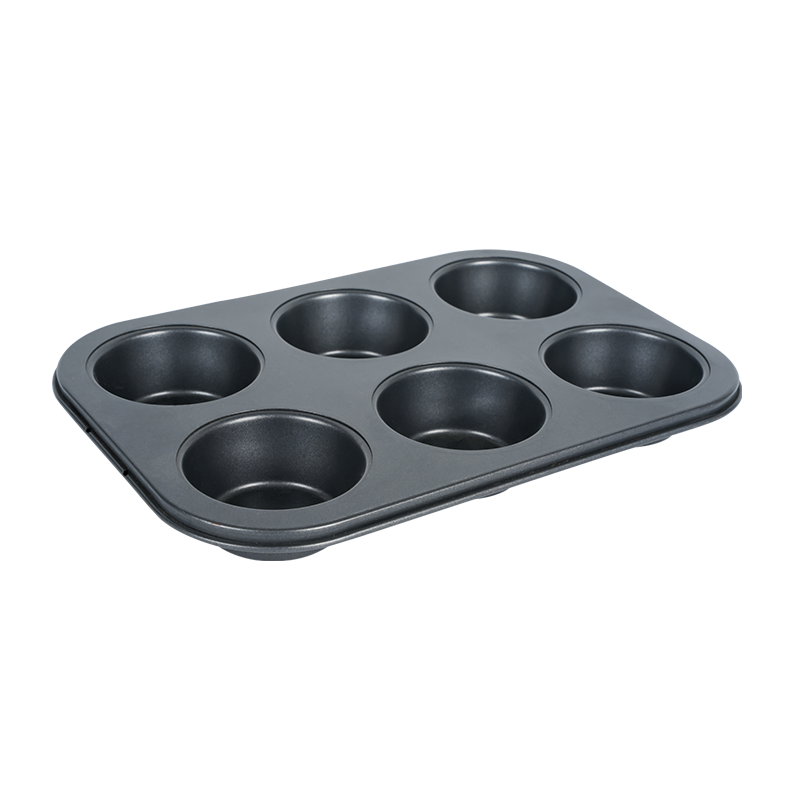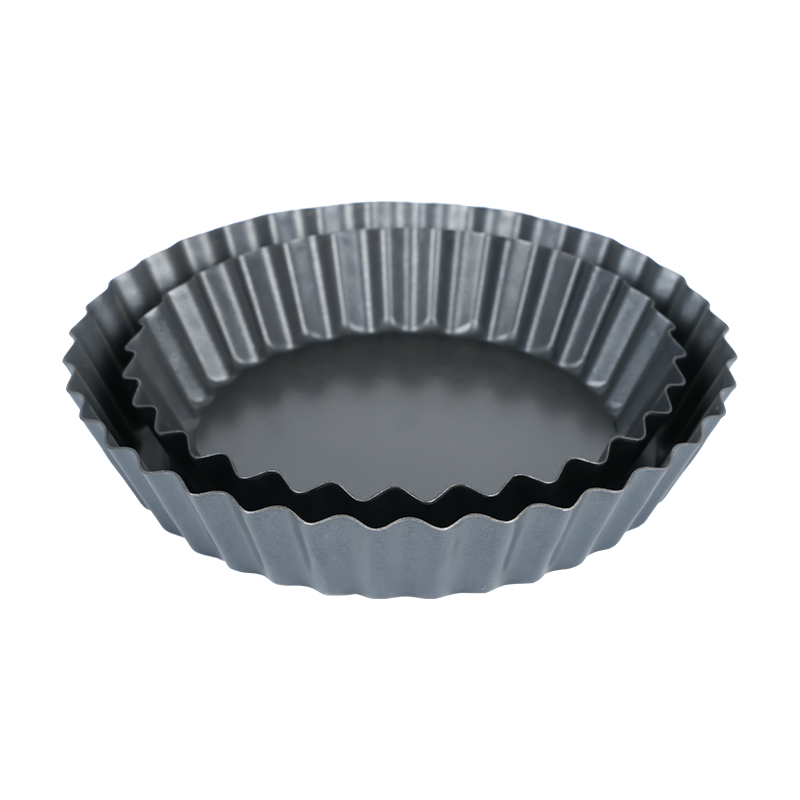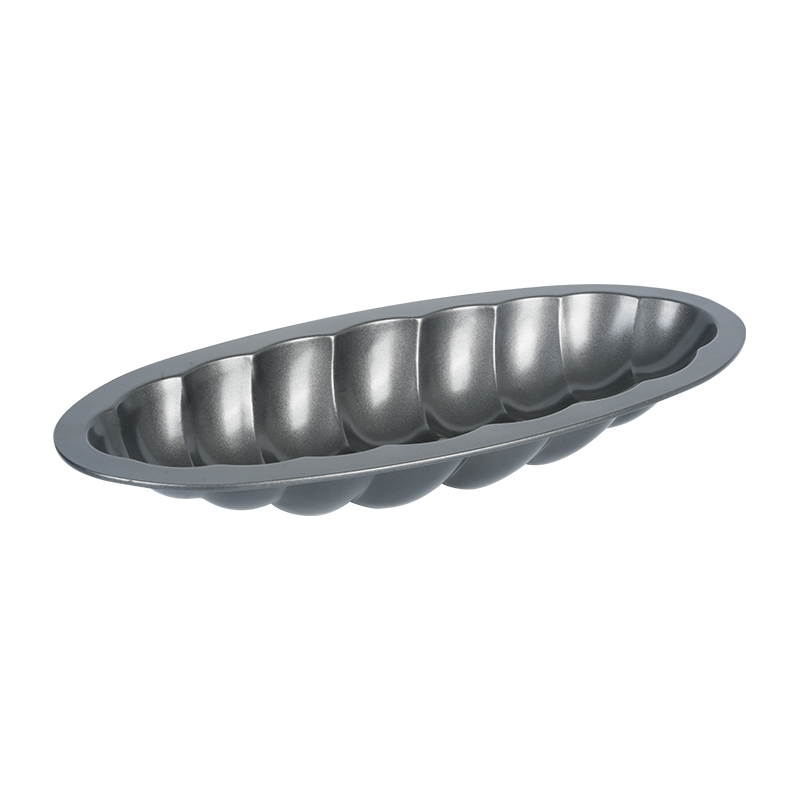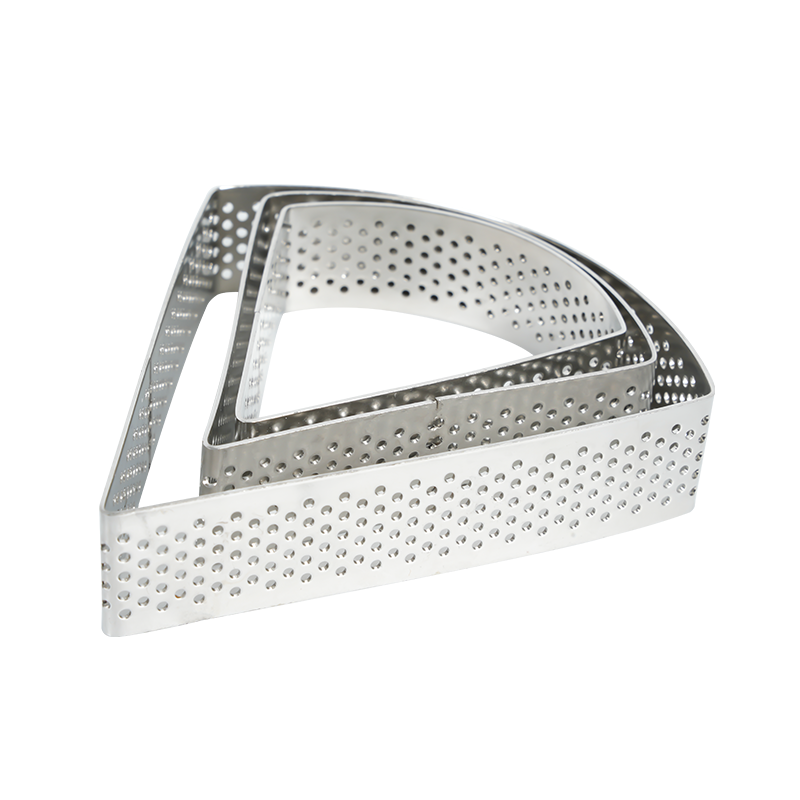The company relies on a high degree of brand awareness, fine product quality, convergence of multiple strong advertising media power, and through the integration of capital, knowledge, talent technology, channels, information operations.
Material Composition and Heat Transfer Efficiency
The thermal performance of a muffin pan largely depends on its material. Most pans are made from aluminum, carbon steel, stainless steel, or silicone. Among these, aluminum is widely regarded for its good heat conductivity, distributing heat quickly and evenly throughout the pan. Carbon steel also conducts heat effectively, but may take slightly longer to reach baking temperature. Stainless steel, though durable and rust-resistant, is a relatively poor conductor unless paired with an aluminum core or clad base. Silicone, on the other hand, offers very low thermal conductivity, which may result in longer baking times and softer crusts.

Even Baking and Browning
A muffin pan with good heat conduction ensures that all muffins in the tray bake evenly, with consistent rising and browning. In metal pans, especially those made of aluminum or aluminized steel, the heat spreads uniformly from the outer edge to the center, reducing the risk of undercooked centers or overbaked edges. This even distribution also allows for better caramelization and the development of a golden-brown surface, which enhances both texture and flavor. Silicone pans, although flexible and easy to clean, often do not promote such browning due to their insulating properties.
Coating Effects on Heat Distribution
Non-stick coatings, commonly found on metal muffin pans, may slightly influence the pan's heat absorption. Dark-colored coatings tend to absorb more heat, leading to faster baking and browning. While this can be beneficial for certain recipes, it may require bakers to reduce baking time or oven temperature slightly to avoid overbaking. Lighter-colored pans, in contrast, reflect more heat and result in a gentler baking process. Therefore, the choice of coating affects not only stick resistance but also how the pan performs thermally.
Thickness and Pan Construction
The thickness and structure of a muffin pan also play a key role in heat distribution. Thicker pans retain heat better and provide more stable baking environments, while thinner pans may heat quickly but risk hot spots or warping, which can compromise uniformity. Pans with reinforced edges or rolled rims often help maintain structural integrity, improving thermal stability during prolonged exposure to high temperatures.
Impact of Oven Type on Performance
Different oven types—convection, gas, or electric—interact with bakeware materials in unique ways. In a convection oven, for instance, airflow helps compensate for slight heat discrepancies across the pan. In traditional ovens without fans, however, the muffin pan’s thermal properties become more critical in ensuring evenly baked results. A pan with strong heat conductivity will perform more consistently across a broader range of oven types.
Suitability for Various Recipes
Whether baking savory muffins, sweet cupcakes, or egg bites, a muffin pan with reliable thermal response is essential. Fast and even heating is particularly important for recipes that rely on rapid rise, delicate textures, or precise timing. Metal pans, especially those made of anodized aluminum or heavy-gauge carbon steel, generally offer results in these contexts.
Conclusion: Heat Conductivity Varies by Material and Design
The thermal performance of a muffin pan directly impacts baking success. Aluminum and carbon steel pans offer good heat conduction and are well-suited for consistent, even baking. While silicone options offer convenience and flexibility, they lag in heat distribution and browning capability. To ensure good baking results, selecting a muffin pan with good heat-conductive materials and appropriate construction is key.

 English
English русский
русский Español
Español



